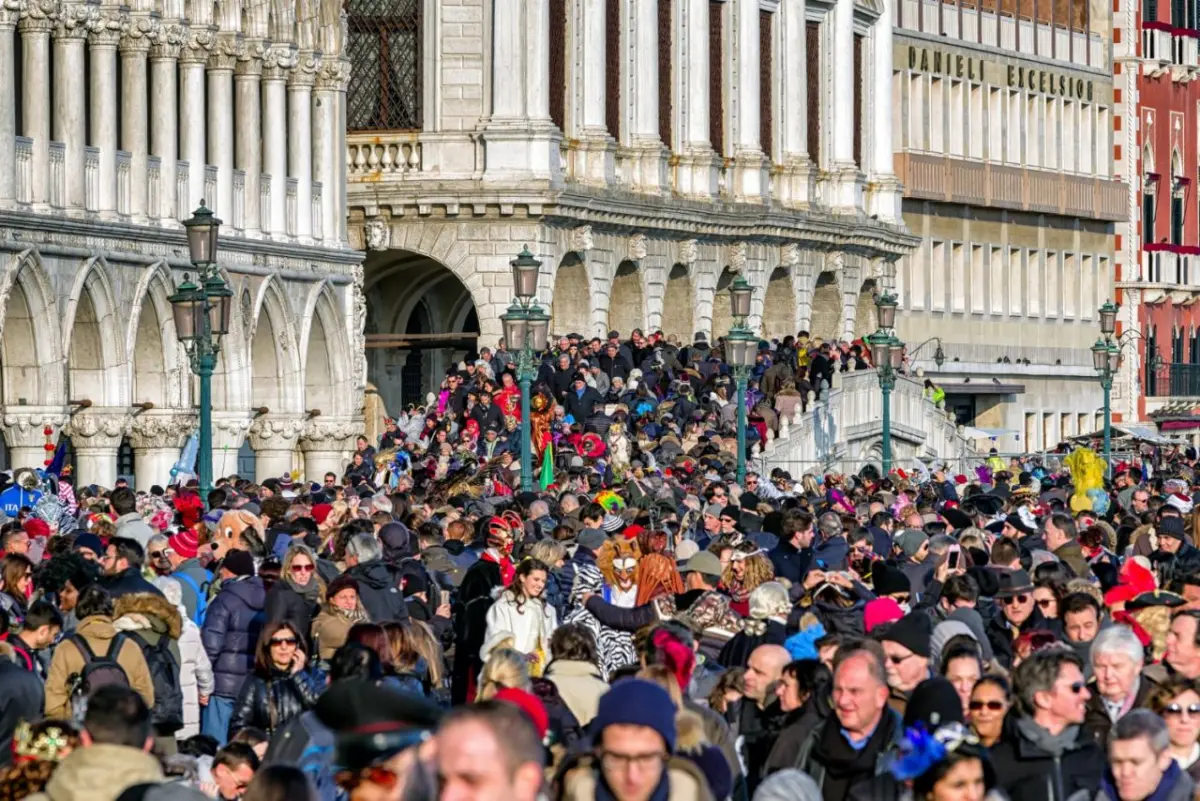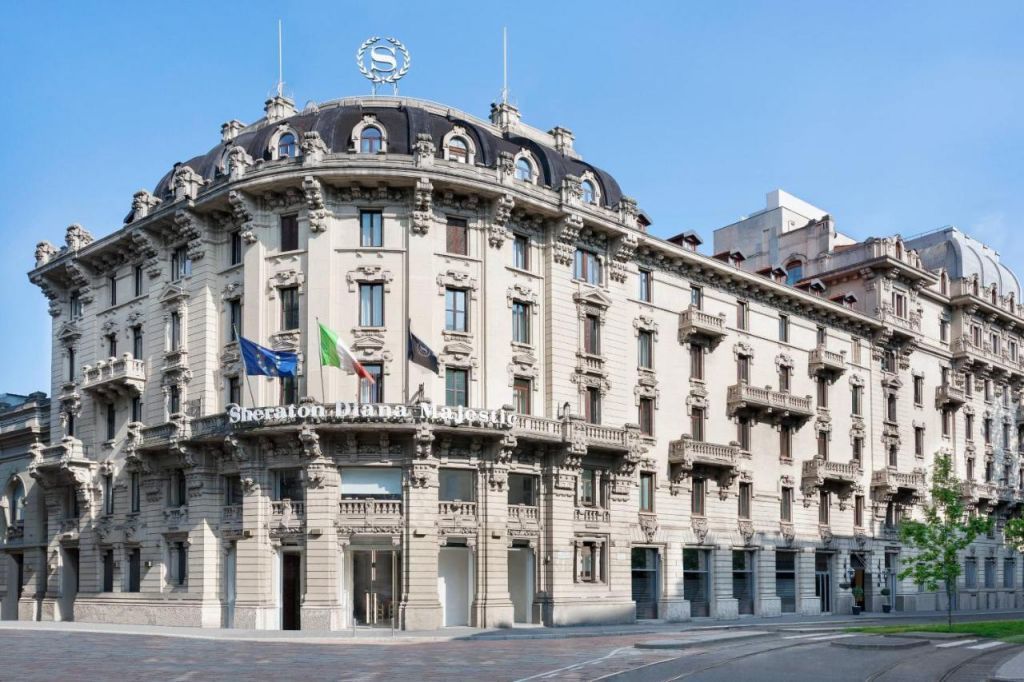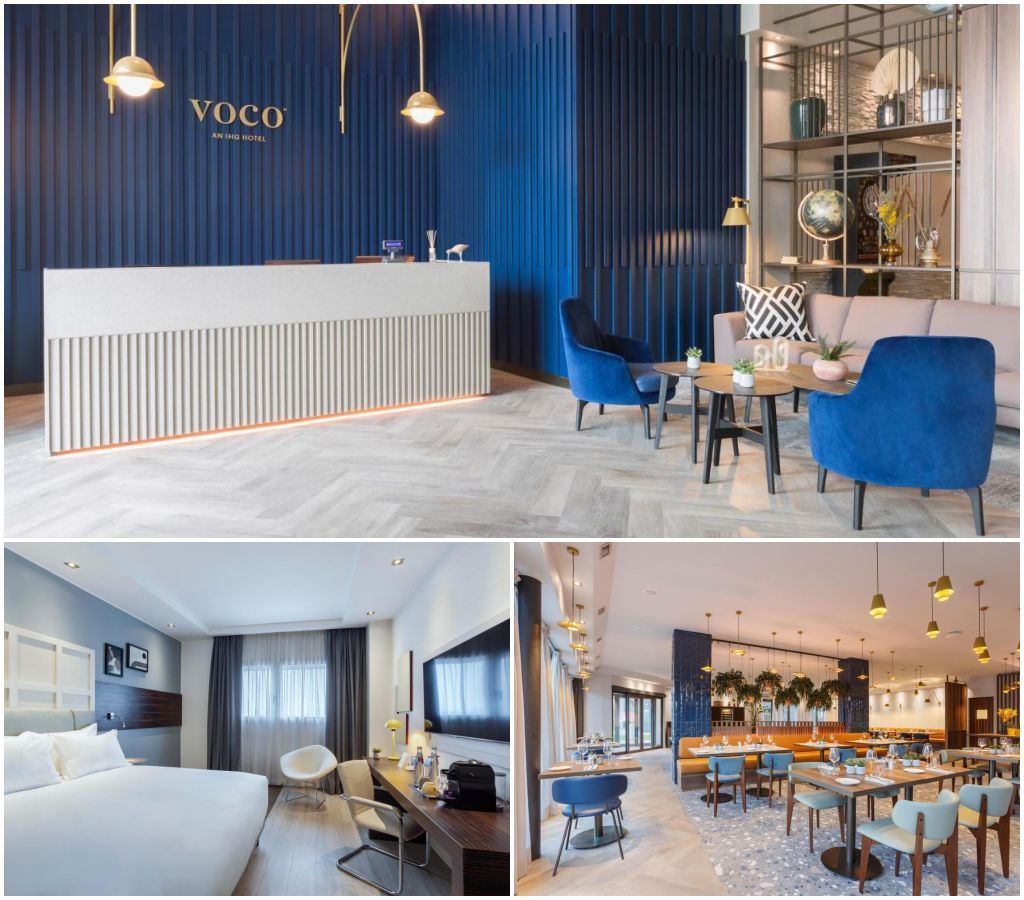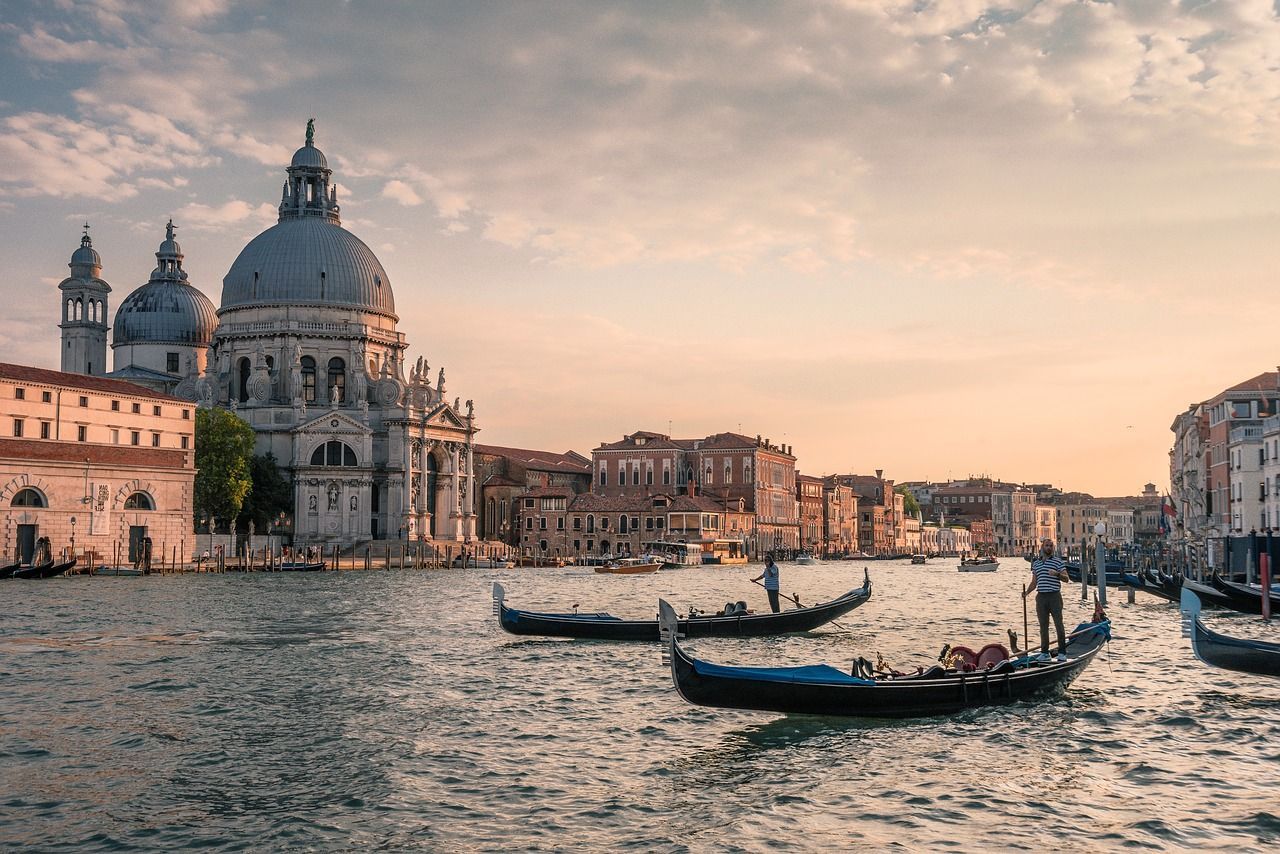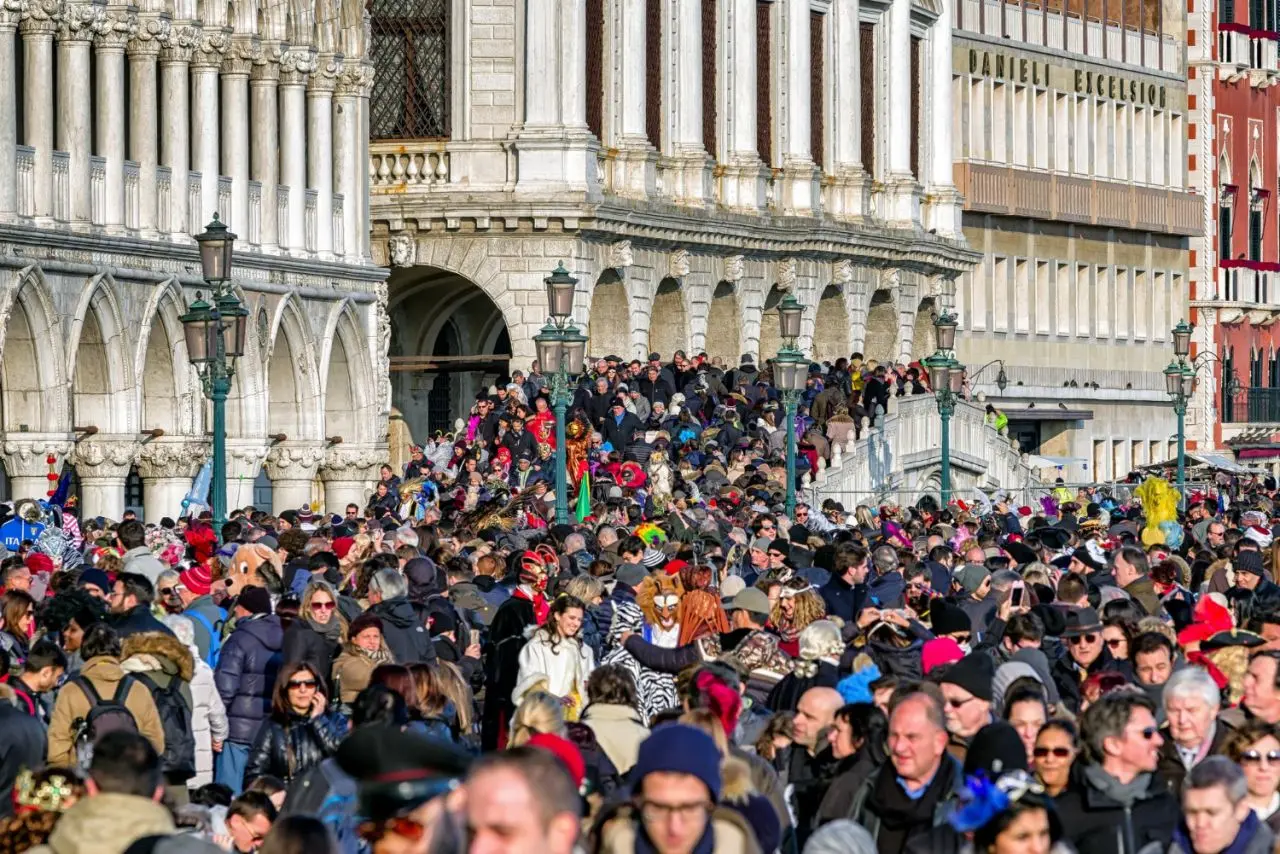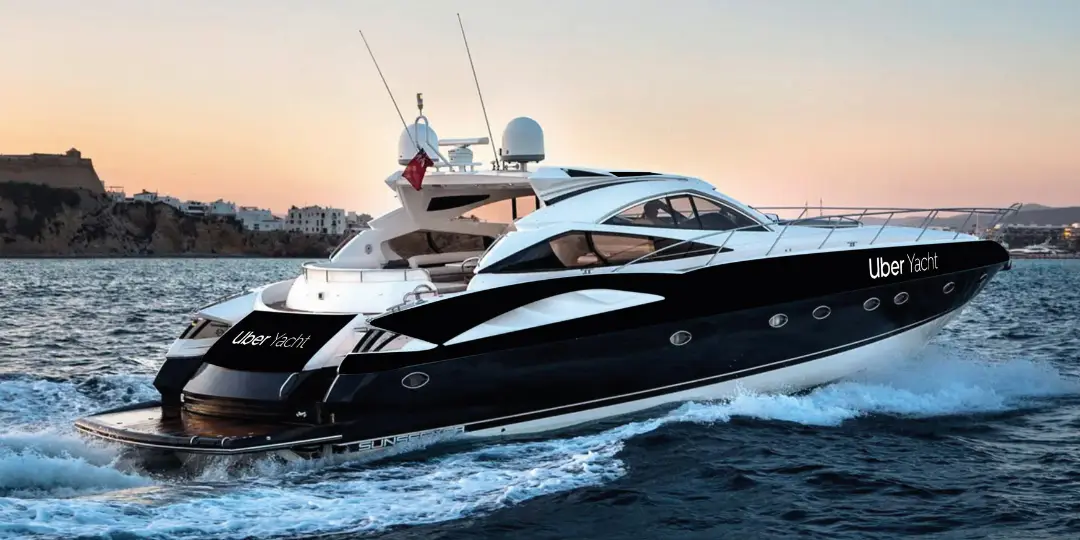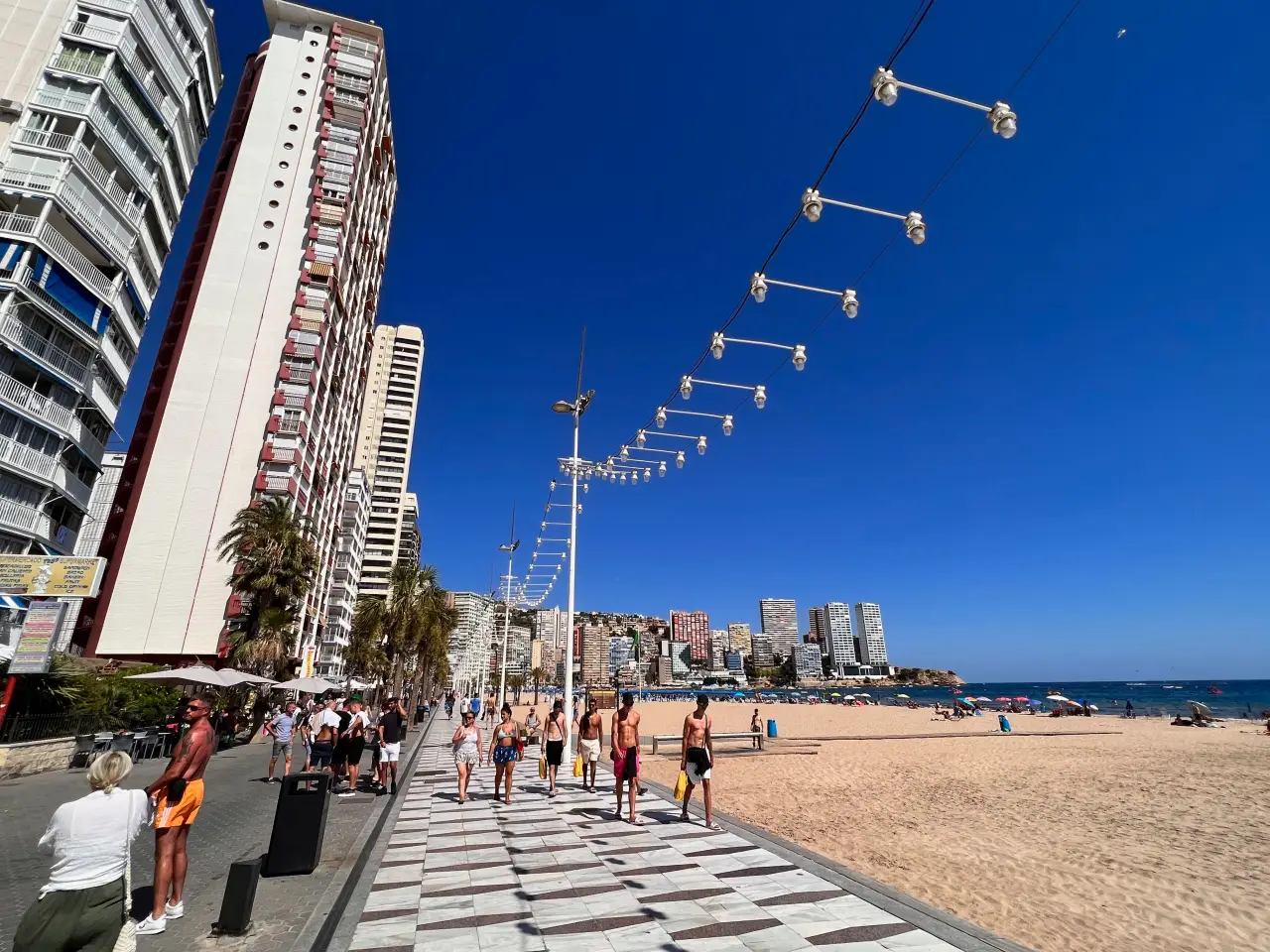Venice has announced new regulations to limit tourist numbers, a decision that is set to reduce overtourism in the famed Italian canal city.
The new rules, which will come into effect in June, are part of a broader strategy to address the challenges posed by mass tourism in one of Europe’s most visited destinations.
Venice, a city renowned for its intricate canal system, exquisite architecture, and rich history, has long been a magnet for tourists from around the world. However, the sheer volume of visitors has put immense pressure on the city’s infrastructure and environment. In 2019, Venice hosted nearly 13 million tourists, a number that is expected to rise in the post-pandemic era. This influx has not only strained the city’s resources but also raised concerns about the preservation of its unique heritage.
The new measures include a cap on the size of tourist groups, which will now be limited to no more than 25 people. This move aims to reduce the congestion and disruption often caused by larger groups, especially in the narrow streets and bridges that characterize Venice. Additionally, the city has banned the use of loudspeakers by tour guides, as they are known to “generate confusion and disturbances,” further impacting the tranquility and ambiance of Venice.
Elisabetta Pesce, the official responsible for the city’s security, emphasized that these policies are “aimed at improving the management of groups organized in the historic center.” The decision reflects a growing awareness of the need to balance tourism with the quality of life for local residents, many of whom have chosen to leave the city due to the overwhelming presence of tourists.
Another significant step taken by Venice is the introduction of an entry fee. Set at €5, this fee will be applied on 29 peak days between April and mid-July, including most weekends. The fee is intended to regulate crowds, encourage longer stays, and enhance the living conditions for the city’s inhabitants. This initiative aligns with global efforts to promote sustainable tourism, ensuring that destinations like Venice can be enjoyed by future generations while maintaining their historical and cultural essence.
The impact of tourism on Venice has been a subject of international concern, with UNESCO twice considering placing the city on its list of heritage sites in danger. The city managed to avoid this designation by implementing measures such as limiting the arrival of large cruise ships through the Giudecca Canal and the introduction of the day-tripper charge. These actions demonstrate Venice’s commitment to protecting its status as a world heritage site while adapting to the realities of modern tourism.
In 2021, Venice took a bold step by banning large cruise ships from entering the historic center via the Giudecca canal, following an incident where a ship crashed into a harbor. Critics had long argued that these ships were not only causing pollution but also eroding the foundations of the city, which is already grappling with regular flooding.
The latest regulations by Venice mark a pivotal moment in the city’s approach to tourism management. By limiting tourist numbers and implementing strategic measures, Venice is setting an example for other popular destinations facing similar challenges. These efforts are not just about preserving the physical aspects of the city, but also about maintaining the soul and spirit of Venice, ensuring that it remains a living, breathing testament to human creativity and resilience. As the world continues to grapple with the impacts of over-tourism, Venice’s proactive measures offer valuable insights into creating a sustainable and harmonious coexistence between tourists and heritage cities.

